The Different Types of Dental Anesthesia
Dental anesthesia is a drug that is used to numb the mouth and surrounding tissue for dental procedures. It’s also a general term that we all use for any medication that is used to help you relax during dental treatment.
However, there are many different types of dental anesthesia. You’ve probably heard the most common one, nitrous oxide (laughing gas), but that’s not the one used in every dental setting.
RELATED: WHAT HAPPENS DURING A DENTAL IMPLANT PROCEDURE?
The Different Types of Dental Anesthesia
Dental anesthesia is a safe way to numb the mouth and jaw before dental procedures to make the process more comfortable. It does this by blocking nerve impulses for pain. This makes it easier for you to relax and stay still during treatment.
The most common types of dental anesthesia include local, topical, and injectable.
RELATED: HOW MUCH DOES IT COST TO GO TO THE DENTIST WITHOUT INSURANCE?
What’s Local Anesthesia?
Local anesthesia only affects the area your dentist treats. We use this for minor procedures such as fillings and oral surgery.
Your dentist will administer the solution with a needle, but we can also use it as a gel or paste that is applied directly to the skin (topical anesthesia). The solution acts quickly and wears off after about 30 minutes. Dentists usually won’t use this for procedures that require more than one injection or for more than one tooth (such as a root canal).
Dentists use local anesthesia to numb an area of your mouth so that you don’t feel pain while your dentist is working on it. We may also use it in combination with other types of dental anesthesia, such as nitrous oxide.
The solution can cause an unpleasant taste and make it difficult to talk during treatment (but not impossible).
Local vs. Topical Anesthesia
Topical anesthesia is sometimes used along with local anesthesia when the mouth needs to be numbed before certain procedures are performed. It can also be used alone in some cases. A few examples of topical anesthetics include:
- Benzocaine: This is found in Orajel and other over-the-counter products designed to relieve pain and reduce inflammation. Benzocaine is also sometimes used in conjunction with other types of anesthetics during more serious dental procedures.
- Lidocaine: This type of anesthetic is applied directly to the gums or mucous membranes in order to relieve pain from soreness or irritation caused by dentures or other appliances that rub against them. Dentists often use lidocaine along with benzocaine while treating patients who have sensitive gums or gingivitis (gum inflammation).
RELATED: 8 OF THE BEST AT-HOME TEETH WHITENING PRODUCTS (ADA-APPROVED)!
Regional block
This kind of anesthesia numbs several areas of your mouth at once. We often use regional block when you have more than one tooth pulled at once. It can also be used during root canal procedures if there are particular nerves that need to be blocked during the procedure.
Regional anesthesia involves injecting an anesthetic medication into the nerves in a specific part of your mouth — usually your jawbone — to block nerve signals from reaching your brain. Unlike local anesthesia, regional anesthesia doesn’t numb every part of your face and body.
Instead, it targets specific areas within your mouth (such as when you’re having a wisdom tooth removed). Regional anesthesia usually lasts longer than local anesthesia.
RELATED: ROOT CANAL PROCEDURE: WHAT TO EXPECT
General Dental Anesthesia
General anesthesia puts you into a deep sleep, so you don’t feel any pain during your procedure. We only like to use this type of anesthesia for major surgeries such as oral surgery and wisdom tooth removal. However, it’s possible for your dentist to use general anesthesia in some cases where regional blocks might not work well enough on their own (such as with certain types of procedures).
You can also ask for this if you’re afraid of needles. But we’ll talk about those options more in a second!
RELATED: HOW TO GET OVER ANXIETY AT THE DENTIST OFFICE
Sedation
Sedation can be provided in a number of different ways, including nitrous oxide (laughing gas), conscious sedation, and general anesthesia.
Nitrous Oxide
Nitrous oxide is an inhaled gas that has been used in dentistry since the late 1800s. You probably know it as “laughing gas” because it makes patients feel relaxed and happy while they’re under its influence.
Nitrous oxide is usually given through a mask that fits over your nose and mouth. Although, it can also be delivered directly into your bloodstream through an intravenous line in your arm or hand.
RELATED: HERE’S WHAT TO EAT AFTER WISDOM TEETH REMOVAL
Side Effects From Dental Anesthesia
The different types of dental anesthesia, and their side effects, are as follows:
Nitrous oxide is a good choice for patients who have an aversion to needles. It’s also great for children or adults who are afraid of the dentist’s office. This type of anesthesia has little to no risks associated with it, but it can only be used by patients with healthy hearts.
Local anesthesia involves numbing your teeth before any dental work begins. This type of anesthesia doesn’t require any needles or injections, so it’s ideal for people who are afraid of needles.
The most common side effects of local anesthesia are:
- Feeling faint or dizzy
- Nausea and vomiting
Inhalation sedation is another option for people who want to be asleep during their appointment. Inhalation sedation can cause reactions such as nausea and vomiting.

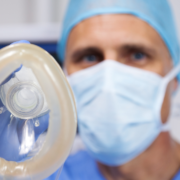
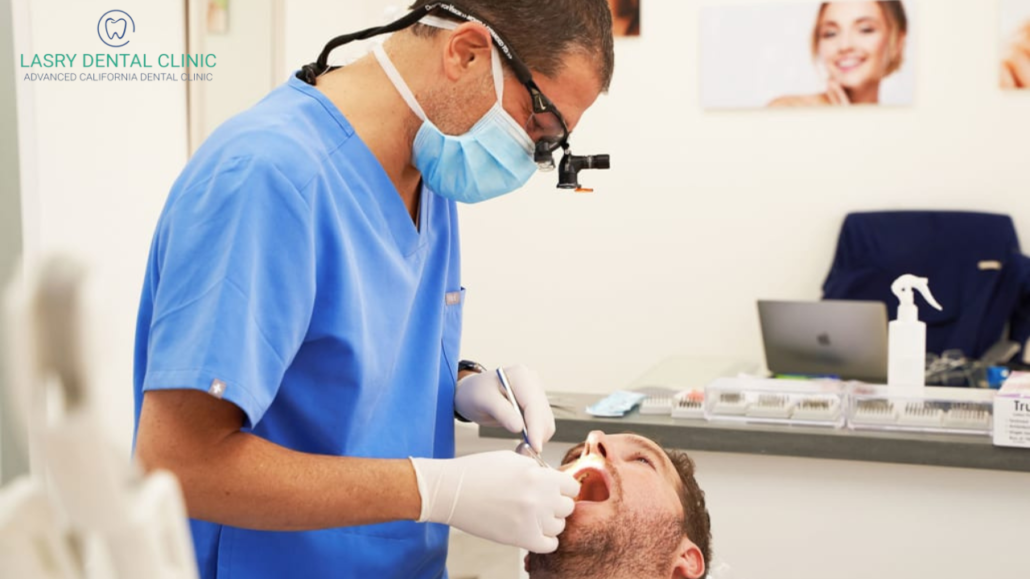
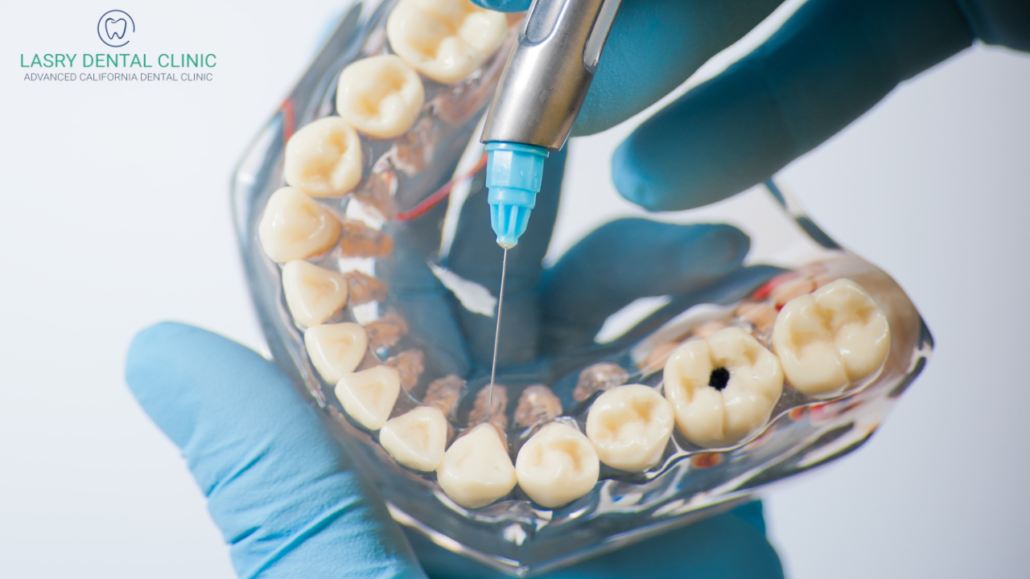

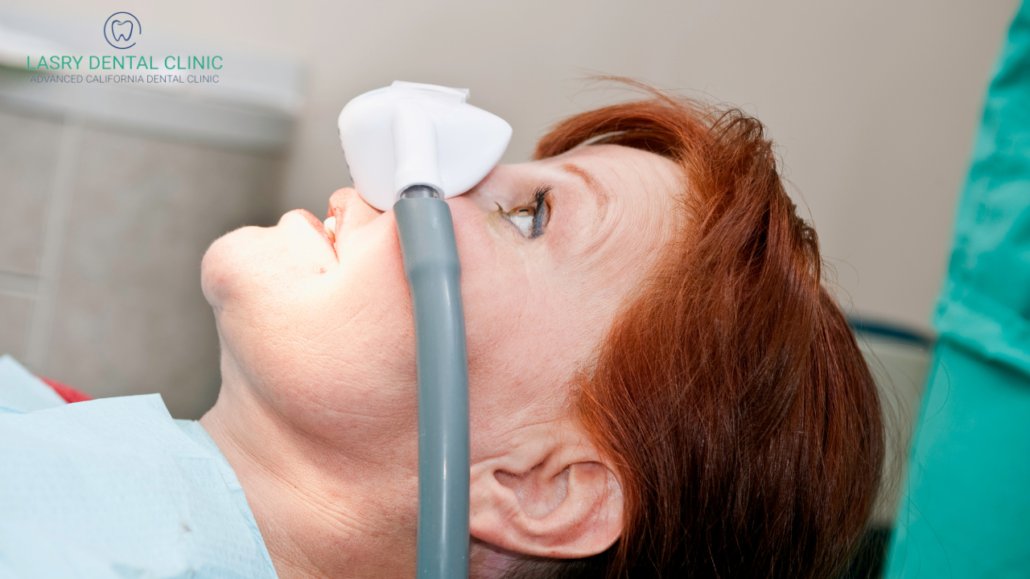
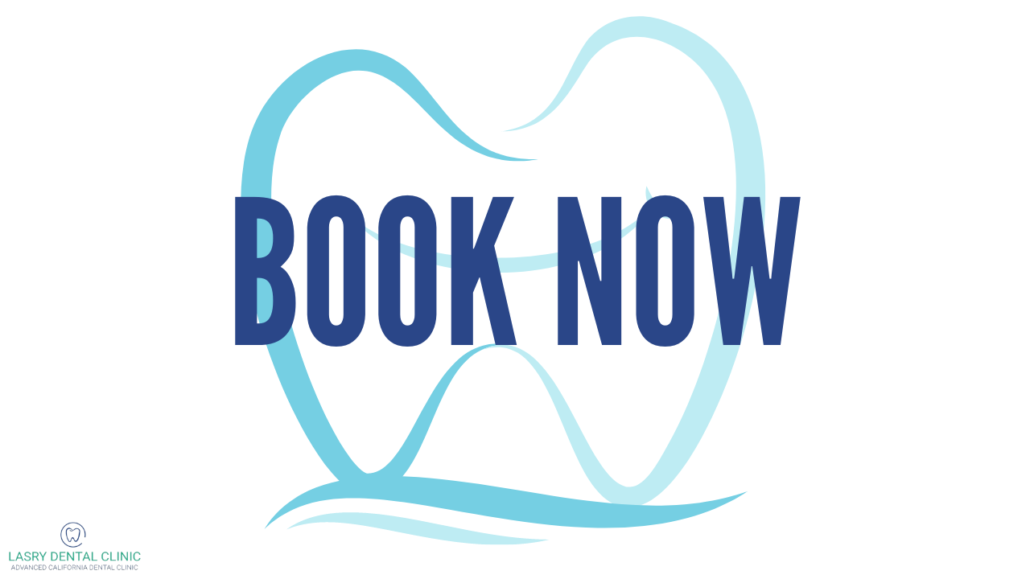


My son gets really nervous at the dentist but he needs to have one of his teeth pulled because it is a baby tooth that is stuck. I think having some anesthesia during the process could help him be calmer during the procedure because then it wouldn’t hurt. I’ll be sure to tell him what you said about how they can use topical anesthesia like Benzocaine to numb the area before a procedure.